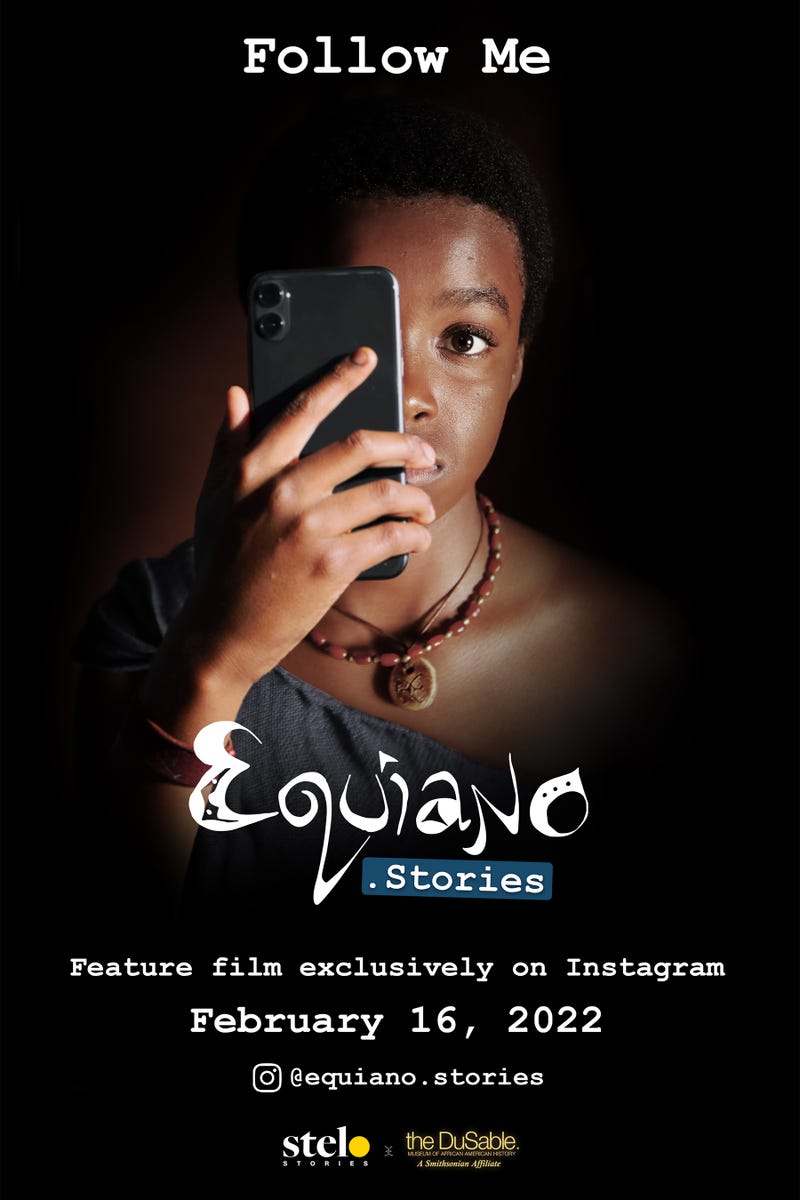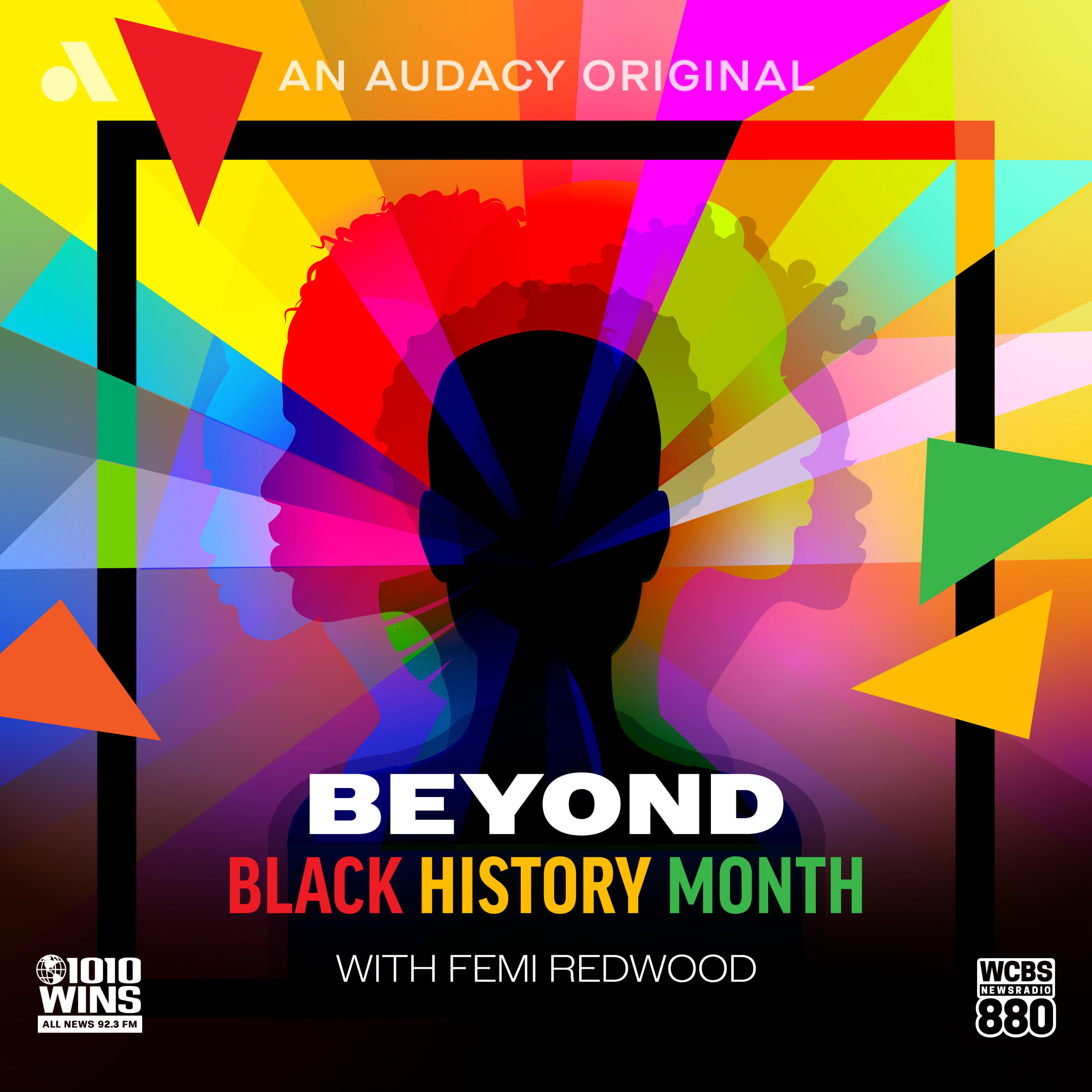
If we saw images of American slavery as we scrolled through our Instagram feed, what would it look like?
That’s the question the new film “Equiano.Stories,” released Wednesday by award-winning studio Stelo Stories and the DuSable Museum of African American History in Chicago, hopes to answer. This “vertical” feature film is available exclusively on Instagram for those who follow the Equiano.Stories account.

Viewers will be brought into the real-life story of Olaudah Equiano, who in 1756 was kidnapped as a young boy from his home in West Africa and enslaved.
Unlike a traditional film, “Equiano.Stories” unfolds in the form of Instagram stories. For those who aren’t users of the social media, app, there stories are short videos or still photos – often appearing for just a few seconds – that can be revisited for a set amount of time before they disappear.
Some Instagram users archive their stories to their profile page so people can return to them after they disappear from the “stories” feature of the app.
As the “Equiano.Stories” features appear, they will be archived to the profile for future viewing.
Around 400 individual “stories” posted over the first 48 hours of the film release are included in Equiano’s virtual memoir, or around 80 minutes of content. His story will be told in the style of today’s Instagram influencers, complete with emojis and hashtags.
It begins when Equiano is 11 years old living with his family in West Africa and follows him on a journey “from a carefree boy in his village with his loving family and rich culture, to the fear and confusion of being kidnapped, up to the harrowing experience of life aboard a slave ship.”
Filmmakers focused on Equiano’s childhood and they hope their exploration of his life will help today’s youth connect with this figure from over two hundred years ago during Black History Month 2022.
Despite his traumatic experiences, Equiano went on to become an influential figure. He bought his own freedom at 20 years old and moved to London. By 1789 he had published a bestselling memoir which was contributed to the end of trading enslaved people in England, the number one exporter of enslaved Africans at the time.
It “remains one of the era’s only first-hand accounts of life in Africa written by an African author,” said a press release about the film.
DuSable Museum of African American History, a Smithsonian Institution Affiliate that helped produce “Equiano.Stories” has also created an exhibit that transports visitor’s to Equiano’s village in West Africa, featuring pieces previously not seen by the public.
“Our collaboration with Stelo Stories on ‘Equiano.Stories’ is important because it gives us a platform to remind the world that slavery is not our origin story as Black people," said Perri Irmer, President and CEO, the DuSable Museum of African American History. “Equiano's story speaks most eloquently and in a way that we believe will create a paradigm shift in how our history is presented, consumed and understood. This is exactly what the world needs right now: the truth, the whole truth, historically accurate and beautifully portrayed.”
Previously, Stelo Stories released “Eva.Stories,” which followed the story of a teenage Holocaust victim through the Instagram story format. That vertical film was viewed 300 million times within 48 hours of its release. “Equiano.Stories” is the second film in this series.
“Stelo Stories shares historical stories with our audiences by meeting them where they already are – on their phones and on social,” said Stelo Stories executive Yvonne Chioma Mbanefo, one of the film’s creators. “We created 'Equiano.Stories' to connect people with a new Black history narrative.
The story starts with a vibrant young man who is not so unlike today's youth – he loves dancing, running through his neighborhood and hanging out with his friends. For far too long, historical films have started the narrative of Black history with enslavement. ‘Equiano.Stories’ paints a vivid portrait of a history that starts with freedom.”
A trailer for “Equiano.Stories” is available here.
LISTEN on the Audacy App
Sign Up and Follow Audacy
Facebook | Twitter | Instagram
